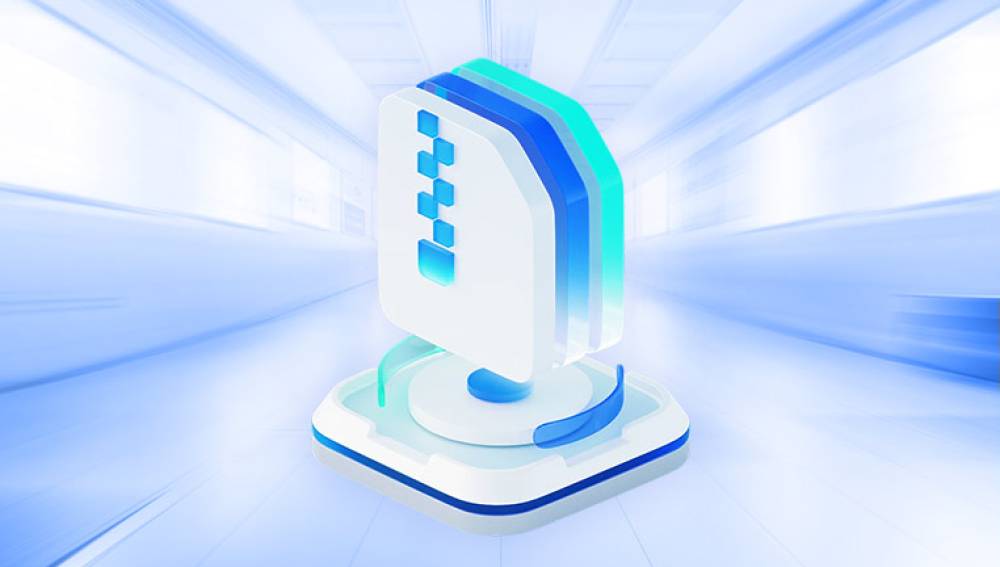CFast cards, widely used in professional video cameras and high speed photography equipment, require proper formatting to ensure optimal performance and compatibility. This guide will walk you through the process of formatting a CFast card on a PC, covering everything from the basics of CFast cards to detailed step by step instructions.
Table of Contents
Introduction to CFast Cards
Importance of Formatting
Preparation
Formatting on Windows
Using Disk Management
Using Command Prompt
Formatting on macOS (Optional)
Tips and Best Practices
Troubleshooting Common Issues
Conclusion
1. Introduction to CFast Cards
CFast (CompactFast) cards are a type of flash memory storage device designed for high-speed data transfer, making them ideal for applications requiring rapid read/write speeds, such as professional photography and video recording. Developed by the CompactFlash Association, CFast cards offer significant improvements over their predecessors, the CompactFlash cards, by incorporating SATA interface technology.

2. Importance of Formatting
Formatting is the process of preparing a storage device, like a CFast card, to be used by the operating system. This process involves:
Setting up a file system that organizes and manages data.
Clearing the card of any existing data, including potential file system errors or corruption.
Ensuring compatibility with the intended device or operating system.
3. Preparation
Before formatting your CFast card, ensure you have:
Backed up any important data, as formatting will erase all content on the card.
A CFast card reader compatible with your PC.
The appropriate software tools, if needed, such as a disk management utility or command-line interface.
4. Formatting on Windows
Using Disk Management
Disk Management is a built-in Windows utility that allows users to manage disk drives and partitions.
Insert the CFast Card:
Connect the CFast card to your PC using a compatible card reader.
Ensure the card is detected by the system.
Open Disk Management:
Press Windows + R to open the Run dialog box.
Type diskmgmt.msc and press Enter.
Locate the CFast Card:
In Disk Management, locate your CFast card. It will appear as a removable disk.
Verify the capacity and drive letter to ensure you have the correct device.
Delete Existing Partitions (if any):
Right-click on any existing partitions on the CFast card and select Delete Volume.
Confirm the action, which will delete all data on the card.
Create a New Partition:
Right-click on the unallocated space of the CFast card and select New Simple Volume.
Follow the New Simple Volume Wizard:
Specify the volume size (usually the maximum available).
Assign a drive letter.
Choose a file system (typically exFAT for compatibility with both Windows and macOS, or NTFS for Windows-only usage).
Set a volume label (optional).
Format the Partition:
Check the option to perform a quick format (recommended for speed).
Click Finish to start the formatting process.
Using Command Prompt
For users who prefer the command line, the Command Prompt provides a powerful alternative for formatting drives.
Open Command Prompt:
Press Windows + X and select Command Prompt (Admin) or Windows PowerShell (Admin).
List Disk Drives:
Type diskpart and press Enter to launch the DiskPart utility.
Enter list disk to display all connected disks.
Select the CFast Card:
Identify your CFast card by its size.
Type select disk X (replace X with the disk number corresponding to your CFast card) and press Enter.
Clean the Disk:
Enter clean to remove all partitions and data from the CFast card.
Create a New Partition:
Type create partition primary and press Enter.
Format the Partition:
Enter format fs=exFAT quick (or format fs=NTFS quick for NTFS file system) and press Enter.
Wait for the formatting to complete.
Assign a Drive Letter:
Type assign letter=X (replace X with your preferred drive letter) and press Enter.
Exit DiskPart:
Type exit and press Enter to close DiskPart.
5. Formatting on macOS (Optional)
If you also work with macOS systems, here’s a brief overview of formatting a CFast card on a Mac:
Insert the CFast Card:
Connect the CFast card to your Mac using a compatible card reader.
Open Disk Utility:
Go to Applications > Utilities > Disk Utility.
Select the CFast Card:
In Disk Utility, select your CFast card from the list of drives.
Erase the Card:
Click the Erase button.
Choose a format (typically ExFAT for cross-platform compatibility).
Optionally, enter a name for the card.
Click Erase to start the formatting process.
6. Tips and Best Practices
Regular Formatting: Periodically format your CFast card to maintain optimal performance, especially after heavy use or file deletions.
Use Quality Readers: Invest in a reliable CFast card reader to prevent data corruption and ensure consistent connectivity.
Avoid Interruptions: Do not remove the CFast card during the formatting process to avoid data corruption.
7. Troubleshooting Common Issues
Card Not Recognized: Ensure the card reader is properly connected and functioning. Try a different USB port or reader if necessary.
Formatting Errors: If you encounter errors during formatting, use the command line method (DiskPart) to clean and reformat the card.
Data Recovery: If you accidentally format a card with important data, stop using it immediately and seek professional data recovery services.
Formatting a CFast card on a PC is a straightforward process that ensures your card is ready for use in high-performance applications. By following the steps outlined in this guide, you can format your CFast card efficiently and avoid common pitfalls. Regular formatting, combined with best practices and proper handling, will help maintain the card's performance and longevity. Whether you're a professional photographer, videographer, or simply using CFast cards for high-speed data storage, understanding how to format your card correctly is essential for smooth and reliable operation.




